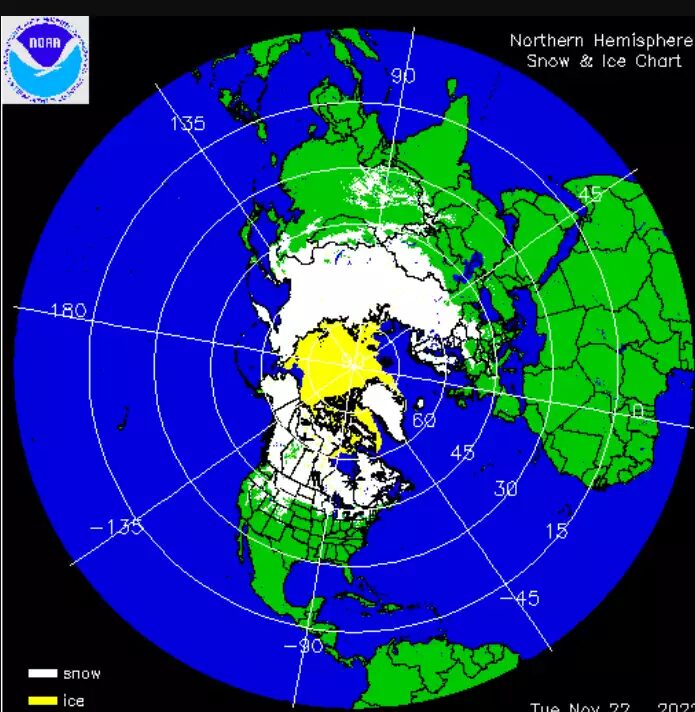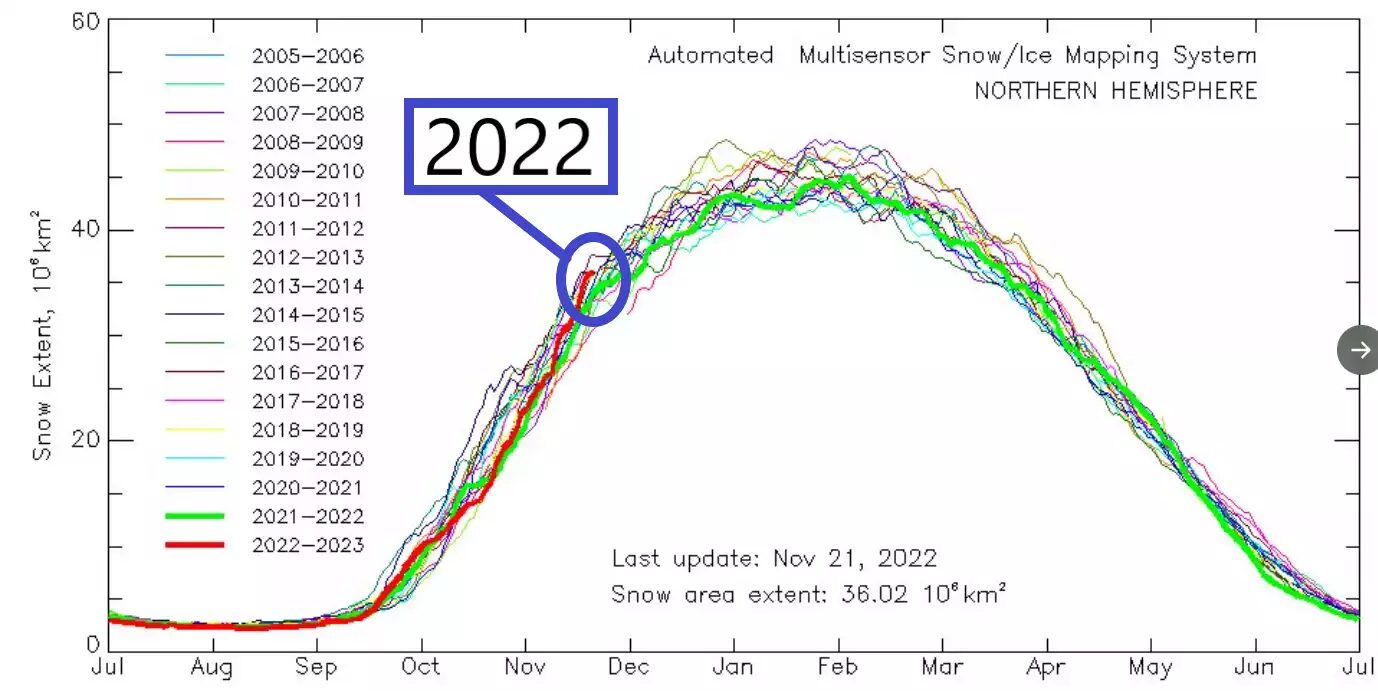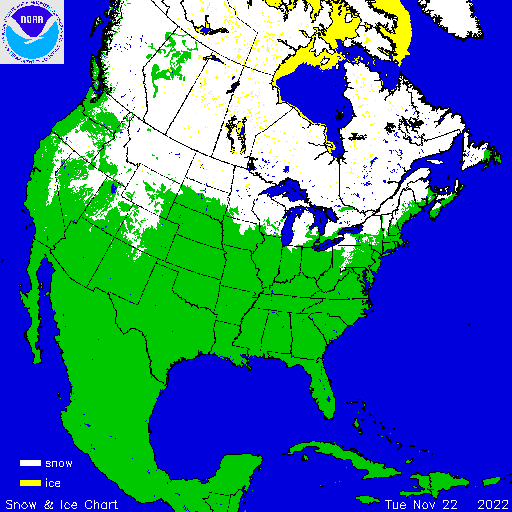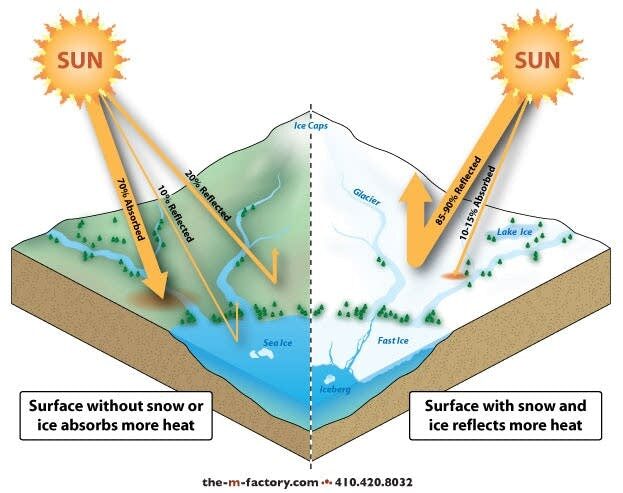OF THE
TIMES
This was bound to happen sooner or later. Let's hope that Alder Hey hospital's sprinkler system contains more than 20 tons of water because that's...
The Boruca tribe of natives, located in Costa Rica, who were never completely conquered by the Spanish, still collect and use snail dye to make...
Such scepticism doesn't inherently reject science LACK of skepticism about the jabs and NPIs is rejecting science. Trusting the liars and...
Certainly climate change is occurring, but not as described by our "owners". Oceans are warming, due mainly to the accelerating movement of the...
The ARIES (🔥) Solar Eclipse is in full swing, another segment activated today. TAURUS (3D) NewMoon at start of day EDT
To submit an article for publication, see our Submission Guidelines
Reader comments do not necessarily reflect the views of the volunteers, editors, and directors of SOTT.net or the Quantum Future Group.
Some icons on this site were created by: Afterglow, Aha-Soft, AntialiasFactory, artdesigner.lv, Artura, DailyOverview, Everaldo, GraphicsFuel, IconFactory, Iconka, IconShock, Icons-Land, i-love-icons, KDE-look.org, Klukeart, mugenb16, Map Icons Collection, PetshopBoxStudio, VisualPharm, wbeiruti, WebIconset
Powered by PikaJS 🐁 and In·Site
Original content © 2002-2024 by Sott.net/Signs of the Times. See: FAIR USE NOTICE




Reader Comments